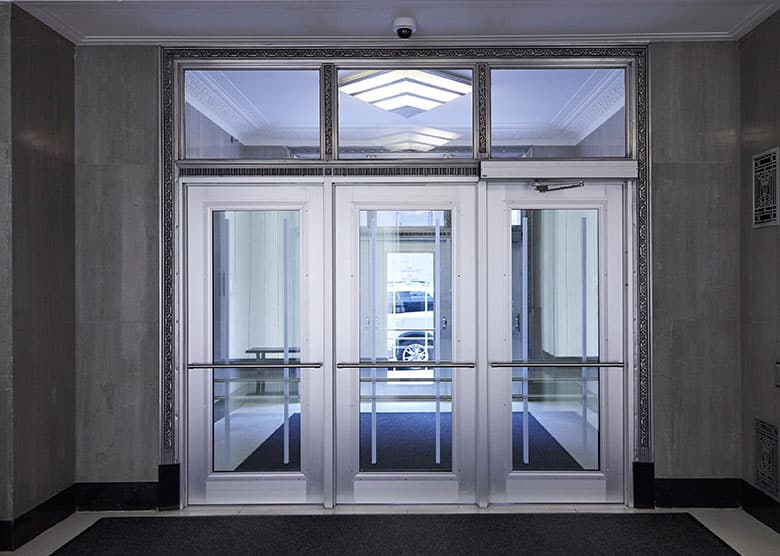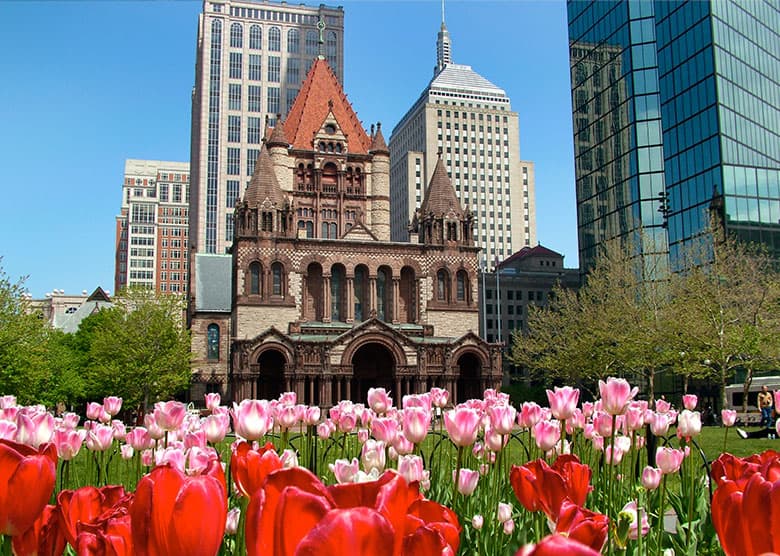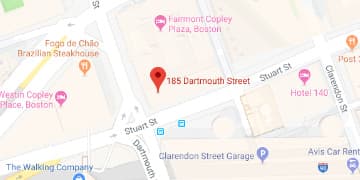Different types of acne scars
A scar is the body’s natural way of healing and replacing lost or damaged skin. A scar is usually composed of fibrous tissue and can form for many different reasons anywhere on the body. The look and feel of the scar and the composition of a scar may vary – sometimes appearing flat, lumpy, sunken, colored, painful, or it can be itchy. The final look of a scar depends of many factors, including the skin type and location on the body, the direction of the wound, the type of injury, and age of the individual.
 We don’t know why some patients with acne scar very badly and others don’t. Even patients with mild acne can develop scars, while there are patients with severe acne that don’t get scars. Picking at or popping acne lesions can definitely increase the likelihood that you could get scars from your acne.
We don’t know why some patients with acne scar very badly and others don’t. Even patients with mild acne can develop scars, while there are patients with severe acne that don’t get scars. Picking at or popping acne lesions can definitely increase the likelihood that you could get scars from your acne.
Acne scars can be classified as many different types: atrophic, hypertrophic, or dyspigmented scars. Atrophic scars look like little indents or dimples in the skin and may be further classified as icepick (deep and narrow), rolling (broad with sloping edges) or boxcar scars (broad with sharp edges).
 On the other side of the spectrum, hypertrophic scars are thickened raised acne scars. Discolored acne scars are sometimes referred as post-inflammatory hyperpigmentation (brown discoloration) or post-inflammatory erythema (red discoloration). The treatment of acne scars is dependent on the type of scars you have.
On the other side of the spectrum, hypertrophic scars are thickened raised acne scars. Discolored acne scars are sometimes referred as post-inflammatory hyperpigmentation (brown discoloration) or post-inflammatory erythema (red discoloration). The treatment of acne scars is dependent on the type of scars you have.
There are many different types of treatments for acne scars including: lasers, steroid injections, chemical peels, dermabrasion, microneedling, and fillers. Speak to your dermatologist about which treatment type would be best suited for you.









